I
went to this movie on Valentine’s Day; it was one of those things
guys do, along with buying flowers and boxes of chocolates and
dinner. Guys do this sort of thing not because we are hopeless
romantics – we’re not – but because the women in our lives are
romantics and we must go along. So I went to see the musical “La
La Land” a skeptic determined to put on a happy face, grin and bear
it (if it proved to be a really painful experience I could always get
my comeuppance in a movie review); but I left the theater a convinced
believer – and you will too.
The
first scene – on a jammed highway overpass – was amazing, but
almost backfired for an excess of energy, too much kinetic, balletic
movement. Our leading lady Mia Dolan, played by the beautiful and
talented Emma Stone, is busy texting (what else is there to do when
stopped in traffic?) while our leading man Sebastian Wilder, played
by the handsome and gifted Ryan Gosling, is stuck behind her, fuming
with road rage (more than once a woman in the audience was heard to
say to her boyfriend or husband – “that’s just like you!”).
When the chance comes to move ahead a few feet she is busy texting
and he, full of umbrage, leans on his horn while passing her. She
responds by flipping him the bird – not an auspicious start to a
love story! The couple meet again when Mia finds her car has been
towed (cars again!); she wanders into a piano bar where this same
fella is acting out a little rebellion by improvising complicated
jazz numbers when the owner (J.K. Simmons) just wants traditional
Christmas melodies. He’s fired on the spot and she falls in love;
but when she approaches him he turns out to be the same jerk again.
Strike two. But winged Cupid has brought these two love birds
together and will not quit until they meet a third time – this time
three’s the charm. Now he’s reduced to a shoulder slung keyboard
in a cheesy band playing 80s pop tunes at pool parties for the pretty
and the vacuous – a painful fate for a jazz purist. They manage to
save each other from their mutual entanglements and begin their dance
around and with each other.
Music
is an integral part of this film: it stands alone in jazz scenes and
is interwoven with dance numbers. Song and dance are what make
musicals a distinctive art form – and the musical film is one of
America’s great art forms, along with Jazz. Yet Jazz is dying and
the musical – well it’s all but dead. In Sebastian’s
lamentation over the death of jazz we are invited to think also about
this other art form which is so characteristically American, and so
much a part of our American story. There are plenty of allusions to
the history of musicals – this is after all a film about film
making just as “Singing in the Rain” – perhaps the most
well-known and celebrated movie musical. Mia is a barista on the
Warner Brother’s lot and she is gobsmacked by the movie stars who
dash in for a take-out cappuccino. We see scenes being shot as they
meander around the back lots with the Hollywood Hills in the
background. Mia wants to make a drama, a film, something; Sebastian
wants to restart an old jazz club. They are millennials so full of
ambition, so short of success, so hungry for auditions and gigs; this
is as much “La Boheme” as La La Land. They pursue their dreams
with the ardor and purity of youth – you can’t help but root for
them. Besides they are so good looking you can’t take your eyes of
their faces – Emma Stone works small miracles in lots of close up
shots.
This
is a very knowing work of art, it alludes to and incorporates the
Griffith Observatory from “Rebel without a Cause” – an LA
landmark; dance scenes take place in Paris against cartoon backdrops
that recall that other musical – “An American in Paris”. The
staging, lighting, costumes all work their magic and mix together
almost seamlessly with the realism of the Los Angeles sun and the
California nights as street scenes jammed with parked cars under
romantic street lights somehow come to life to evoke a strong sense
of place.
But
LA exists in a larger world and Paris beckons to Mia – how can she
resist? In the end they both find success; but love...ah love…such
a tricky, slippery thing...let’s just say they find love but not in
the way we might have imagined or hoped for – and it is this which
saves this movie from the worst faults of the movie musical – the
predictably happy ending. The dollop of realism with which this film
ends blends reality with fantasy in a way that works; at least it
worked for me: a determined skeptic and an old codger familiar with
love and loss.
During
the Great Depression, in the 1930s, musicals rendered a real service
for a country that needed an escape, even if only for an hour or two,
from a national reality that was less than savory; and this musical
can do that for you too just as it did for me and my gal on
Valentine’s Day.



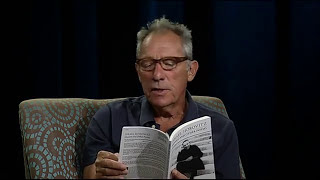







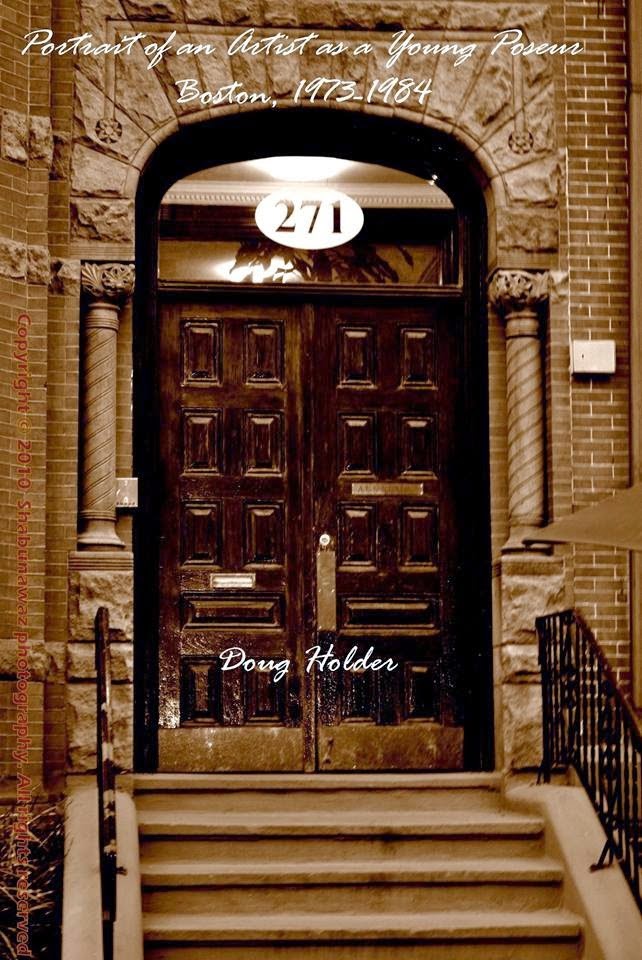
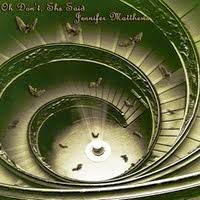
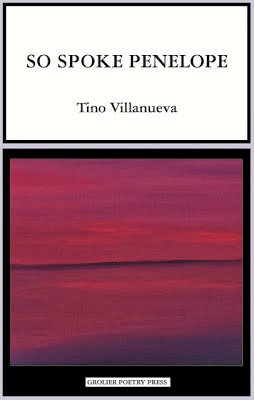
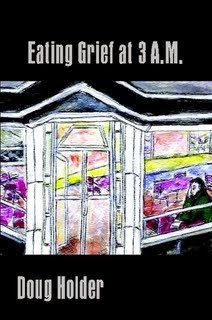
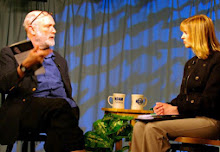








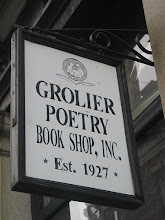



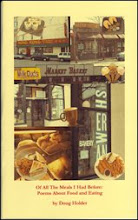




No comments:
Post a Comment